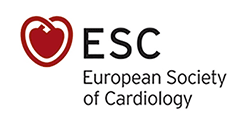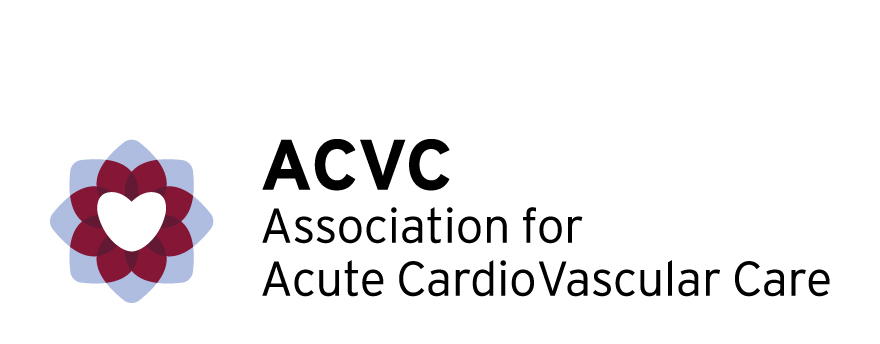Type 2 diabetes is a major risk factor for cardiovascular disease
Find out how to prevent diabetes, how the condition is diagnosed, and the risks associated with it.
Diabetes mellitus is diagnosed when blood sugar levels are higher than normal on more than one occasion. Normal levels are 126 mg/dL or below for fasting blood sugar and 200 mg/dL or below for non-fasting blood sugar. When in doubt, an oral glucose tolerance test is performed. It involves drinking glucose then measuring the body’s response (blood sugar levels) after two hours. If blood sugar levels are higher than normal after two hours, diabetes is diagnosed. If the result is normal, diabetes is ruled out. Another blood test that may be ordered by your physician is glycated haemoglobin A1c (HbA1c) This is a marker of long-term glucose levels, where levels 6.5% (48 mmol/mol) or higher suggest diabetes.
There are two types of diabetes: type 1 is characterized by no or little production of insulin in the body and manifests usually during childhood; whilst in type 2 diabetes insulin levels are normal or high and the body resists its effects, it manifests in adult’s age.
Nine out of ten patients with diabetes have type 2 diabetes, which shortens life by an average of ten years. It also reduces the number of years lived in good health, due to early heart or kidney disease. As a lifestyle disease, type 2 diabetes is strongly linked to a lack of physical activity and obesity, as well as a less healthy nutrition.
Type 2 diabetes can be prevented by being active , eating a balanced diet , and maintaining a healthy weight .
Individuals with diabetes are at a two- to four-fold higher risk of developing heart disease during their lifetime. All individuals with diabetes should be evaluated for the presence of heart disease.



